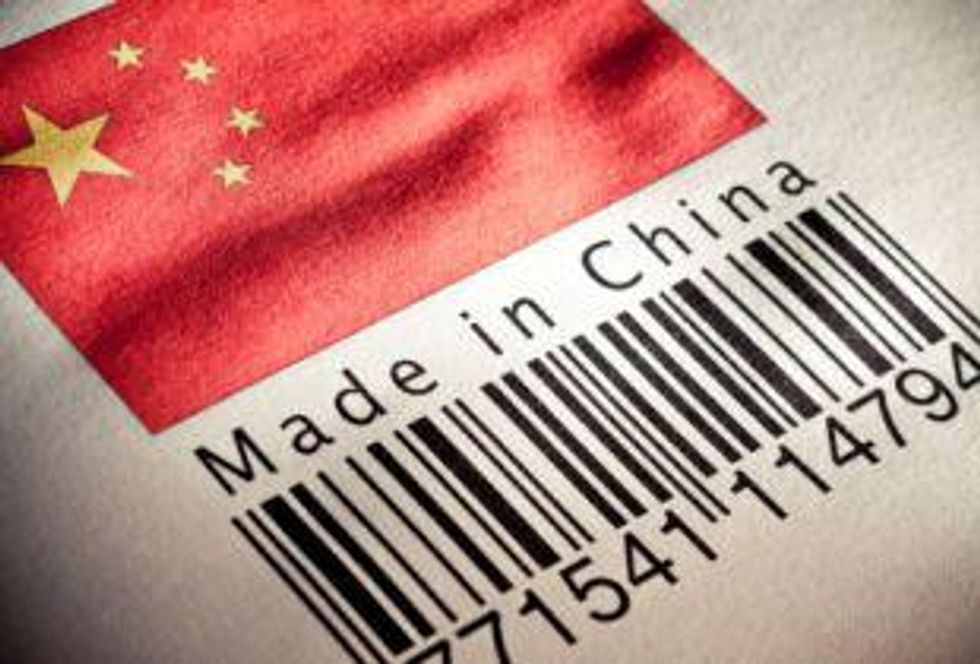In May, an concerns of lead poisoning prompted the Chinese government to shutdown lead battery and recycling plants producers. The shutdowns have worried market observers regarding the demand for lead.
By Michael Montgomery—Exclusive to Lead Investing News
Over the past year lead has enjoyed a 36 percent rally on the London Metal Exchange (LME). Recently, the rally has been cooled by current events in China, the world’s largest lead producer. In late May, the Chinese government shut down lead battery and lead recycling plants over concerns of lead poisoning. The shutdowns have worried market observers that demand for lead would fall. However, a wider crackdown on heavy metal pollution in China may reduce the amount of supply, bringing the fundamental back into balance.Prices of lead have been sensitive to recent world events, namely the earthquake in Japan. “Lead hit a three-year high of $2,904 a tonne in mid-April before tumbling 20 percent weeks later as expectation of a jump in emergency battery generator demand in Japan, following the March earthquake there, was offset by falling automobile output,” according to Reuters. Prices rebounded after as fears over the situation in Japan subsided and auto plants resumed production.
However, the price took another hit from the Chinese shutdowns, and weak global economic cues. Overall, the trend in price is sideways with moderate gains being realized. Currently, on the LME the price for lead is $2,550 per tonne. Inventory for the metal is near a 16 year high at 321,725 tonnes, still short of the record inventory of more than 370,000 after the fall of the Soviet Union.
Currently, actions taken by the Chinese government to control pollution are controlling the market. While the shutdown of lead battery plants in the country is troubling for overall demand, a reduction in smelting capacity might offset demand reductions.
“China’s top planning ministry, the National Development and Reform Commission, plans to close down 585,500 tonnes of lead smelting capacity this year as part of a wider crackdown on 18 heavy and polluting industries,” reported Karen Norton, for Reuters.
The reduction in smelting capacity is relatively small in terms of overall production. In 2010 China produced 4.199 million tonnes of refined lead. However, the reduced production could offset demand lost due plant shutdowns, although no data has been released on the total reduced demand. The battery makers affected include Tianneng Power International Ltd. and Chaowei Power Holdings Ltd. which make up around 80 percent of China’s total lead demand.
Going forward the outlook for lead is positive. Over 40 percent of the total demand for lead comes from replacement automotive batteries, which are not subject to economic slowdowns in the same manner as new car sales. Alternatives for the majority of cars sold worldwide are still far off as lithium-ion and similar batteries are used only in high end electric vehicles.
On the supply side, Ivernia Inc. (TSX:IVW) has shut down its Magellan mine in Australia for an indefinite period. Barclays Capital analyst Gayle Berry is positive towards the lead market in the second half of 2011. “We have prices averaging $3000/T in Q4,” adding, “we suspect that as that concentrate is missed from Magellan and as you get that seasonal pickup in demand, we think that the inventory draws will support a pretty decent move up in prices.” The summer period is usually weak for automotive production as plants shut down for summer holidays.
